Review: Nikon Z 6II and MB-N11 Battery Pack
The Nikon Z 6II offers better focus, more power, and faster speed.
• May 2021 issue
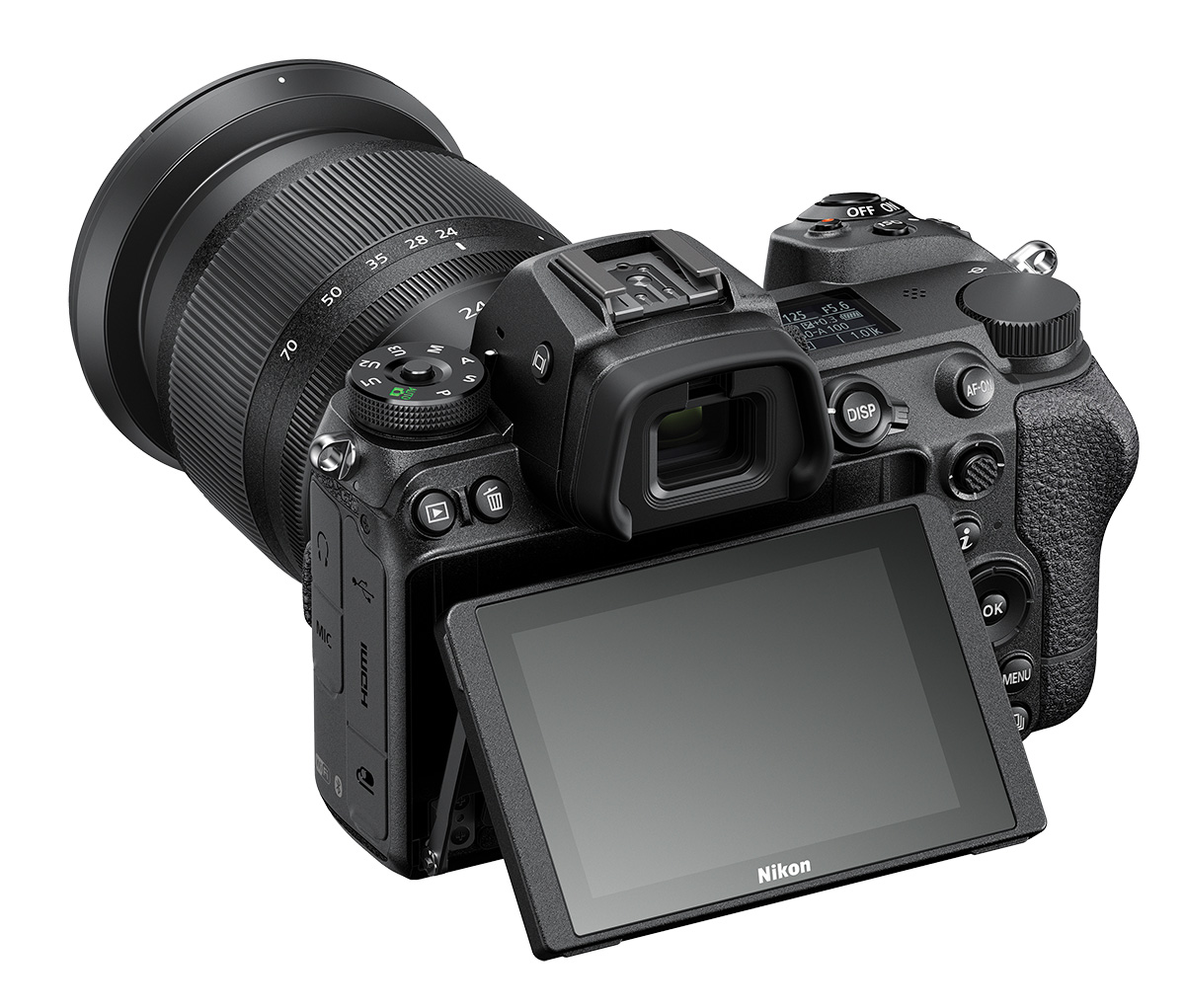
Nikon listened: Changes incorporated in its Z 6II camera—the update to its highly successful mirrorless Z 6—reflect the company’s response to user criticisms of the initial model. Nikon also added features but didn’t change the base price. The Z 6II retains the excellent ergonomics (including menu structure), control layout, and image quality of the original. But does the Z 6II offer enough features to move Nikon DSLR users to mirrorless?
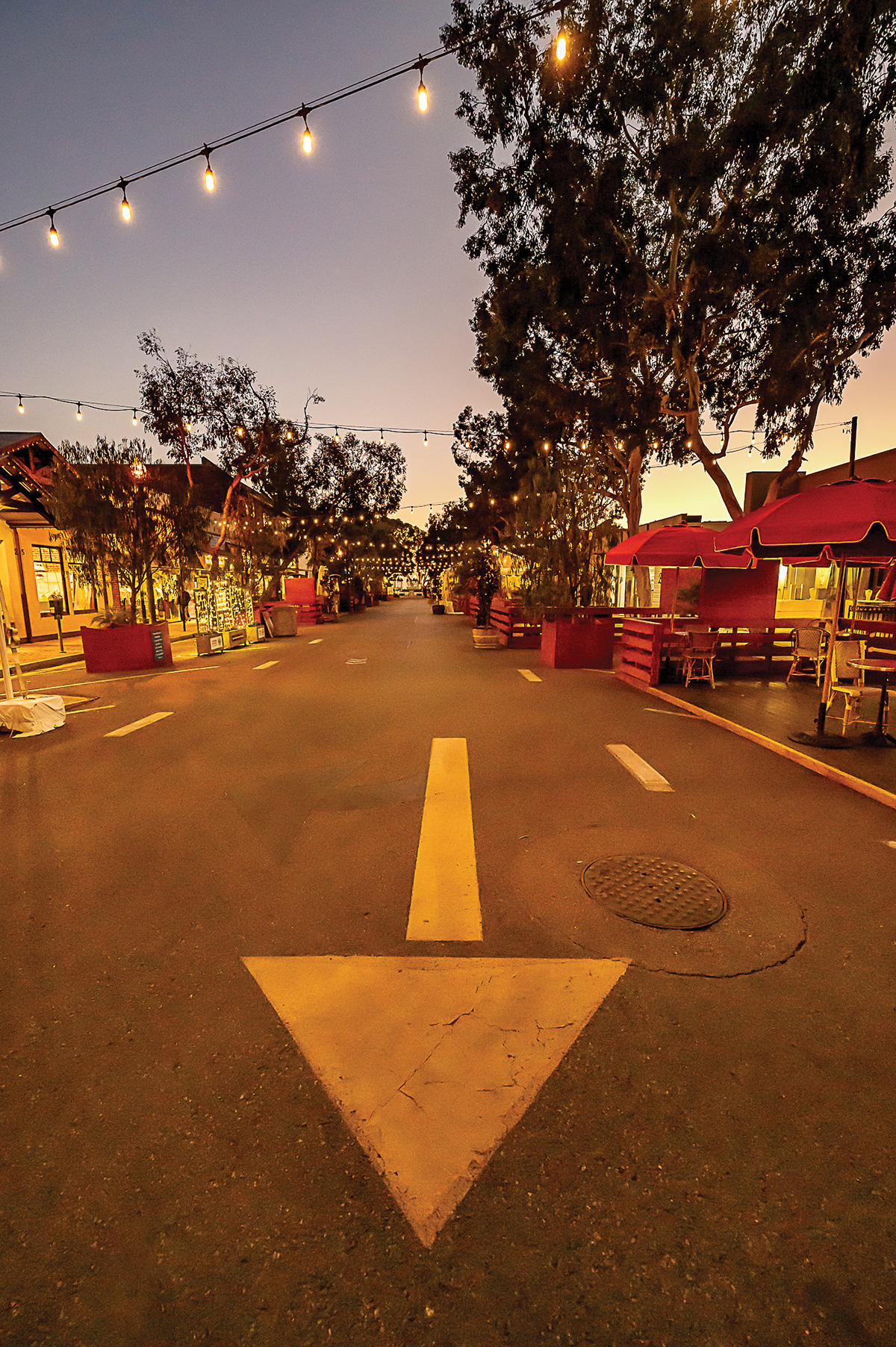
The Z 6II low light performance is impressive. I was able to focus on the dark trees and deliver nearly noiseless captures at ISO 12800 and 1/125 sec at f5.6.
CORRECTIONS
Reviewers and early critics of the Z 6 were quick to point out the lack of a second media slot in the camera. Many professionals, including me, prefer to record raw and JPEG captures on separate cards. The Z 6II now includes two card slots: a CFexpress (type B)/XQD slot and a UHS-II SDXC slot. This necessitated a 0.1-inch increase in the thickness of the body and, along with other changes, a 1-ounce increase in weight. I couldn’t tell the difference until I tried to attach my Z 6 Arca-Swiss baseplate to the Z 6II and noticed the different fit.
The Z 6 was initially criticized for not always nailing the focus on eyes, though in my experience its face-focusing algorithm always worked fine. A firmware update added eye focus for humans, dogs, and cats as a selection in the Custom Functions menu of the Z 6. The Z 6II improves on this by adding new options in the Custom menu and in the information button and its icon display. Along with established auto eye focus functions, eye detection for humans and animals is now available in Wide-Area Autofocus mode. Select a section of the scene, and the camera will focus on all sets of eyes in that area. This will correct the automatic detection’s tendency to jump around when you’re photographing groups or when the subjects are arranged in depth and you want to focus on a specific person.
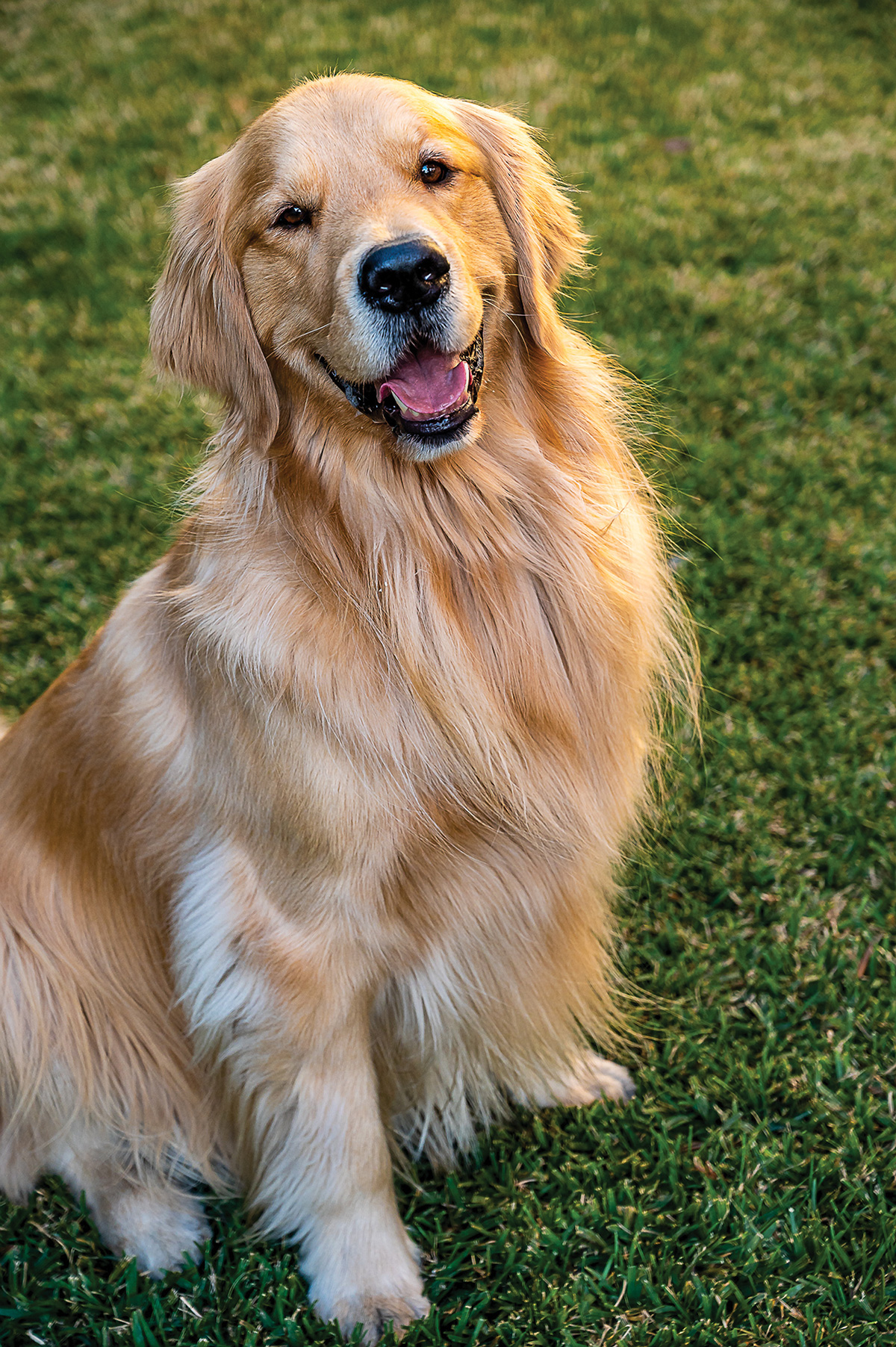
With animal eye focus detection enabled, capturing a series of portraits of this golden retriever produced perfectly focused eyes in all but one image.
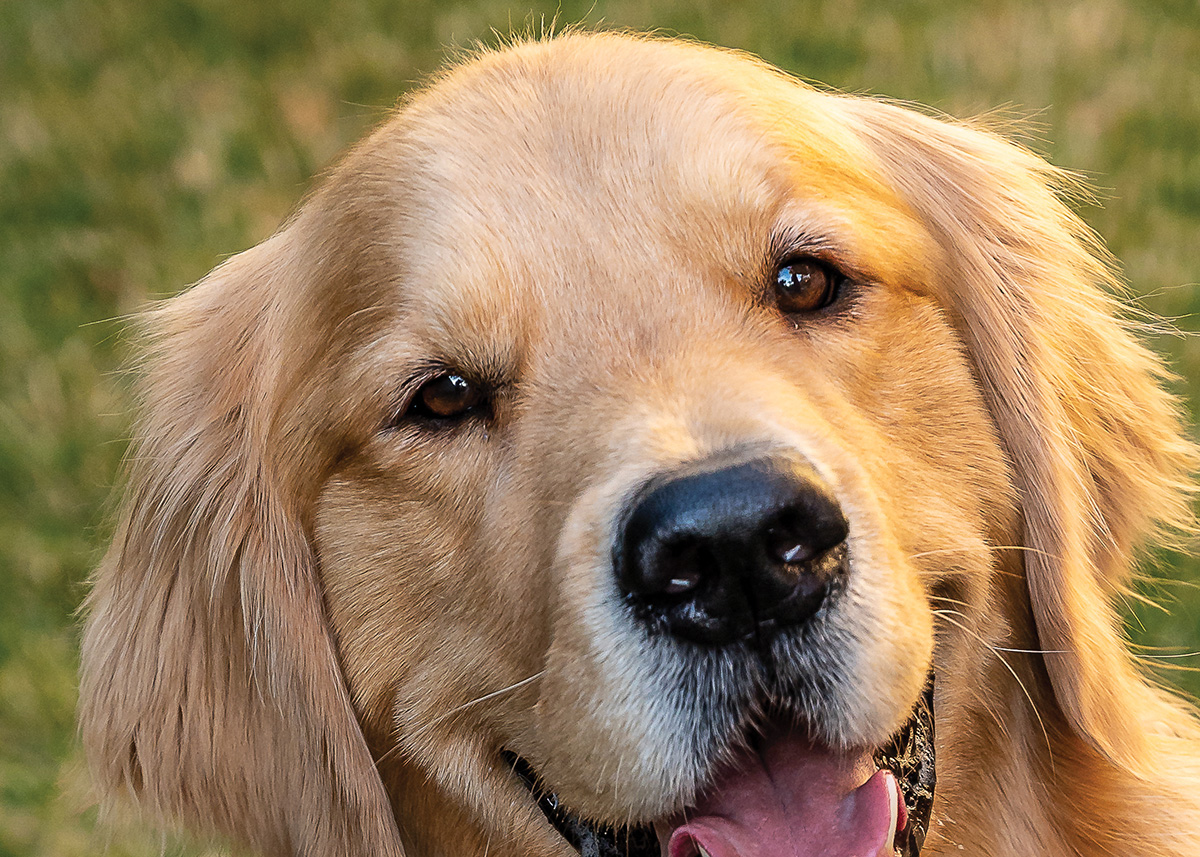
This is a 1:1 image of the golden retriever’s eyes with animal eye detection enabled.
VIDEOGRAPHY
Videographers will find much to like with the new video capabilities of the Z 6II besides the additional power options. The Z 6II provides 4K (UHD) 60p recording with full pixel readout as well as eye-detection autofocus mode, surely a blessing for wedding and event photographers. You can capture 10-bit N-log and HDR (HLG) output for more detail, dynamic range, and contrast, but you’ll need an external recorder that supports 10-bit video. An optional 12-bit ProRes Raw and Blackmagic Raw upgrade is also available. Even 120p full HD recording is available, which you can play back at 30p, 25p, and 24p for smooth slow-motion effects. You can also reverse the focusing ring direction of Z-series lenses to match the direction of many non-Nikon cine lenses.
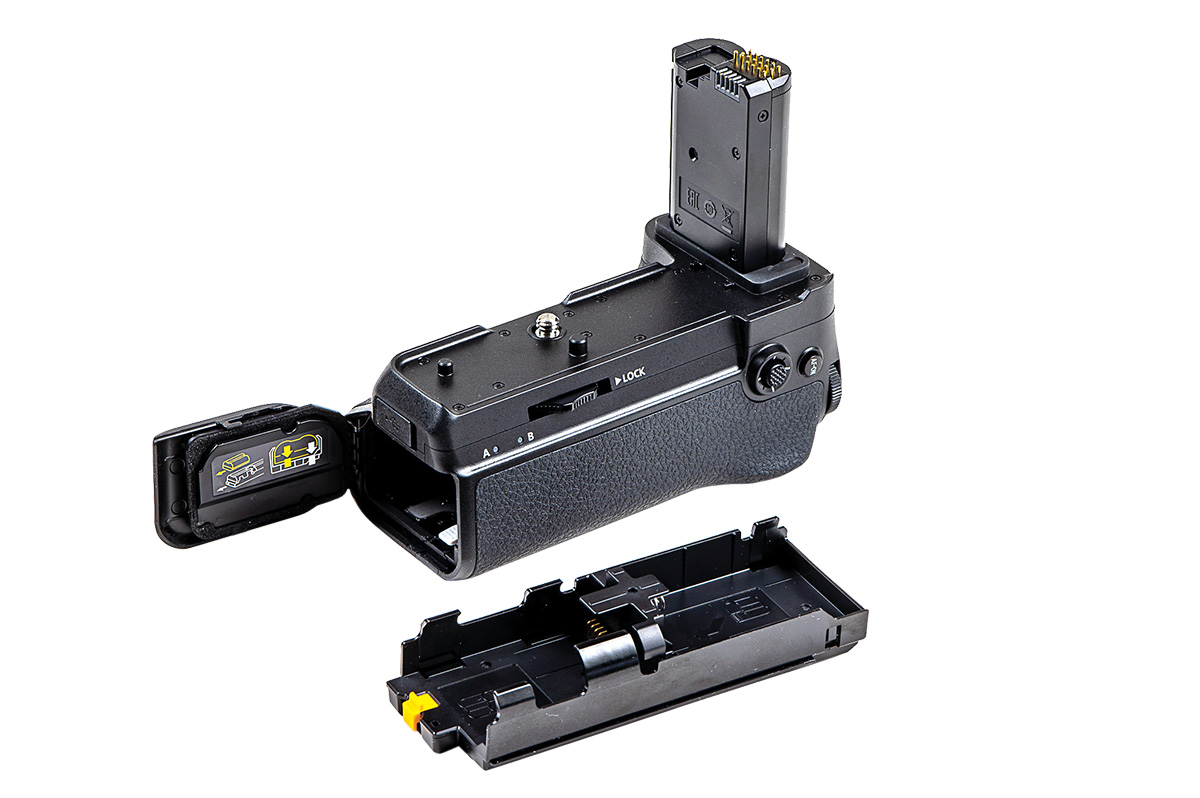
One end of the MB-N11 opens to receive a tray holding the two batteries.
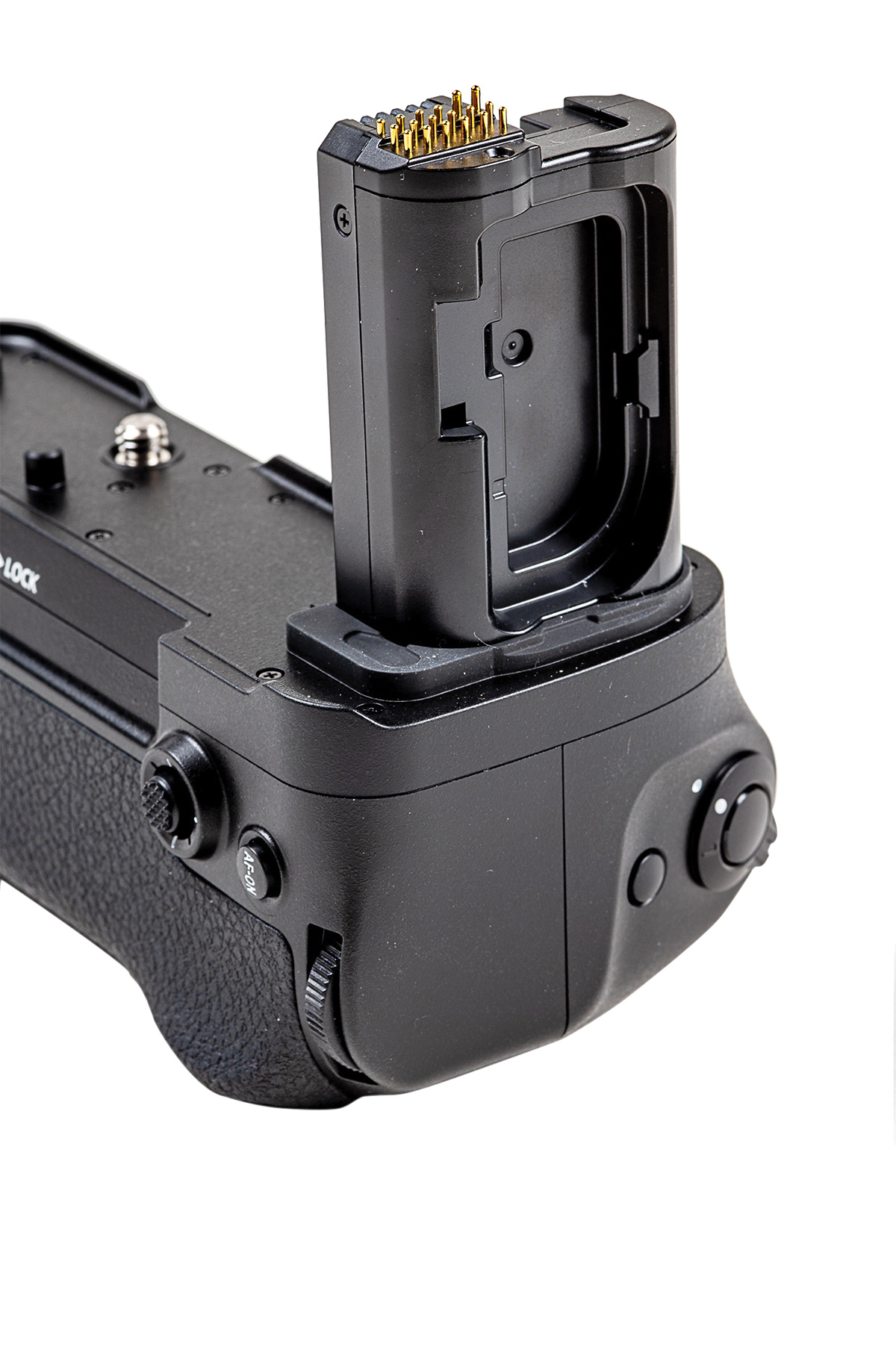
Camera controls are located on the right side of the MB-N11. The post that inserts into the camera body has a nicely designed area to store the camera’s removable battery door.
MORE UPGRADES
Every upgrade to hardware and software boasts increased speed by the manufacturer, and the Z 6II really delivers. This is due to the second Expeed 6 image processor in the body. The additional processor improves processing speed across the board, including upping the camera’s burst rate from the 12 frames per second of the Z 6 to 14 frames per second in Continuous High shooting mode. Nikon states that the buffer capacity is 3.5 times that of the Z 6, which would put it upward of 105 frames, with higher rates depending on capture mode and capture card. Along with the MB-N11 battery grip, the Z 6II becomes a formidable camera for capturing sports of any type.
The big difference I noticed every time I used the Z 6II was how much faster it woke up from sleep between shots. The Z 6’s delay can be annoying at times, but it’s barely noticeable with the Z 6II.
I found another improvement when I was photographing in low light, which I do a lot. In every low-light situation I threw at it, the Z 6II quickly focused without hunting. It seemed faster than my Z 6 in these cases, and Nikon confirms that autofocus has been improved by one EV at the low end. Because it has excellent low-noise performance at high ISO settings and 5-axis image stabilization, I could comfortably expose at 1/125 second and f/5.6 with my Z lenses and Auto-ISO enabled without concern when the ISO hit 12,800-25,600.
Building on everything I like about my Z 6 and incorporating corrections to its shortcomings, the Nikon Z 6II offers enough features to convert even diehard Nikon DSLR users to mirrorless Z users. The latest amazing Z-series f/2.8 lenses, along with the ability to use legacy Nikkors, is the final determining factor. MSRP of the Z 6II is $1,999.95, identical to that of the Z 6 when it was first introduced. The Z 6II is also available with the Nikkor Z 24-70mm f/4 S lens for $2,599.95.
Tags: mirrorless cameras nikon
